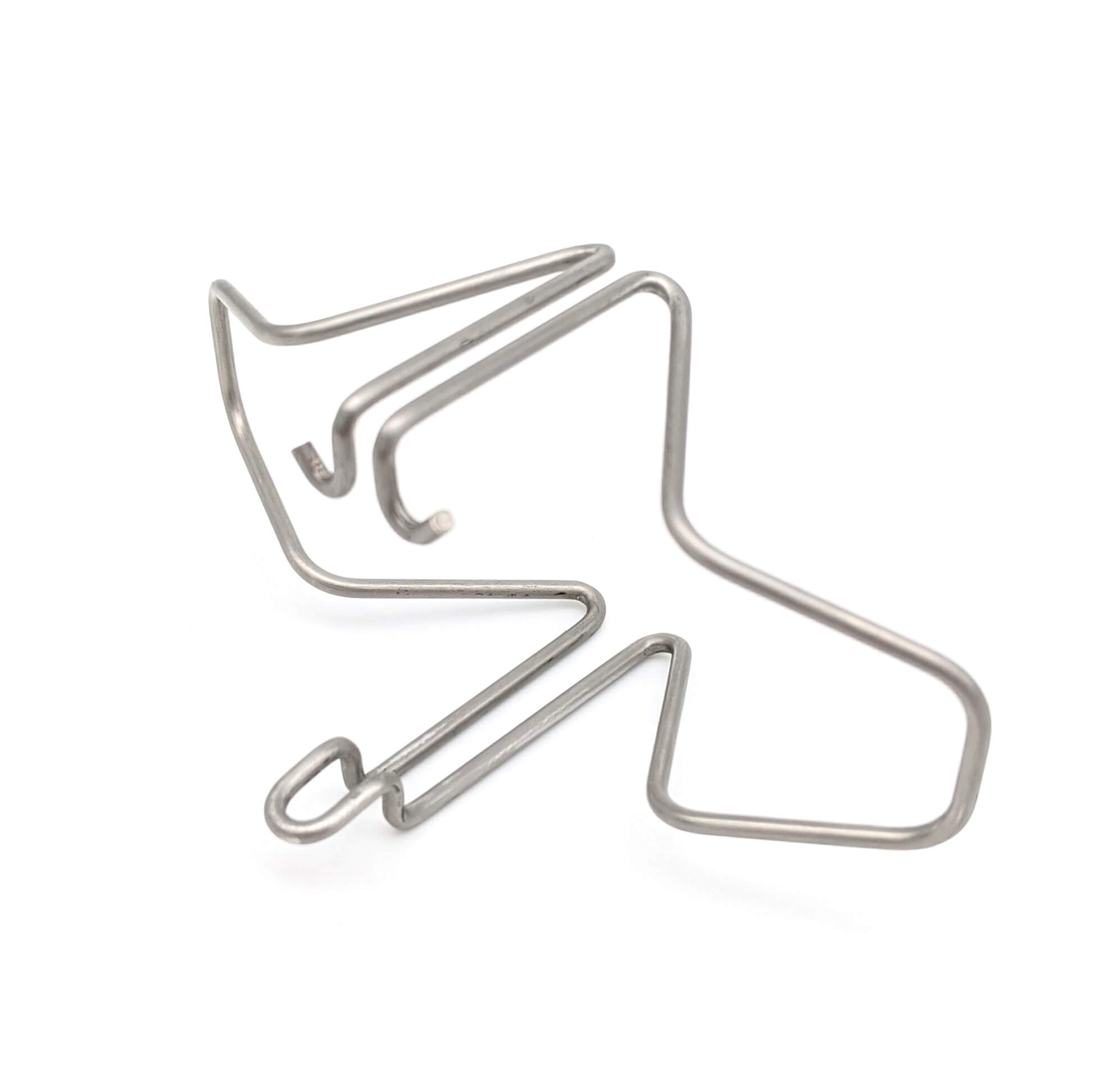Get unique, complex parts easily. No matter your requirements, Chaoyi Spring creates hard-to-produce coil springs and wire forms.
Let us help you create the custom wire form you need, from S-hooks and J-hooks to utility hooks and more.
We work closely with customers across a wide range of industries, helping them design and manufacture made-to-order parts.
Why choose Chaoyi Spring? We prioritize customer-focused collaboration, modern equipment and the latest technology to make your parts per print.
Find the information and guidance you need, from measuring a spring to learning about materials, placing an order and much more.
Garage doors are heavy, and we rely on powerful springs to help us lift them. Those springs are under a lot of pressure, and understanding how they work can help


Garage doors are heavy, and we rely on powerful springs to help us lift them. Those springs are under a lot of pressure, and understanding how they work can help you stay safe and keep your garage door functioning smoothly. Let's dive into the world of garage door tension springs, exploring the different types, how they work, common problems, and essential safety tips.

There are two main types of garage door tension springs: extension springs and torsion springs. Each type has its own unique mechanism and placement within the garage door system.
As their name suggests, extension springs stretch to create the force needed to lift the garage door. They are mounted on either side of the door, running parallel to the horizontal tracks. When the door closes, the springs extend, storing energy. This stored energy is then released when the door opens, assisting in the lifting process. Extension springs are generally found on older garage doors and are considered a bit less safe than torsion springs due to their potential to snap and fling loose.
Torsion springs work by twisting rather than stretching. They are mounted above the garage door opening, wrapped around a stationary shaft. As the door closes, the springs twist, storing energy. Upon opening the door, the stored energy is released, unwinding the springs and assisting in lifting the door. Torsion springs are more common in newer garage doors and are considered safer because they are less likely to fling loose if they break.
Both extension and torsion springs operate on the principle of storing and releasing mechanical energy. When the garage door closes, the springs are either stretched (extension springs) or twisted (torsion springs). This action stores potential energy within the spring. When the door is opened, the stored energy is released, assisting in counteracting the weight of the door. The springs essentially act like giant rubber bands, providing the necessary force to make lifting a heavy garage door feel effortless.
Like any mechanical component, garage door tension springs can encounter problems. Here are some common issues:
Broken Springs: Over time, springs can wear out and break, especially with frequent use. A snapped spring is a sure sign that you need a replacement.
Imbalanced Springs: If one spring is carrying more weight than the other, it can lead to uneven door movement and premature wear. This imbalance might require adjusting or replacing the springs.
Rusty Springs: Exposure to moisture can cause springs to rust, weakening them and making them more prone to breakage. Regular inspection and lubrication can help prevent rust.
Garage door tension springs are under immense pressure and can be dangerous if handled incorrectly. Here are some crucial safety tips:
Never Attempt DIY Spring Repair or Replacement: Working with garage door springs requires specialized knowledge and tools. It's best to leave this task to trained professionals.
Regular Inspections: Periodically inspect your springs for signs of wear, rust, or damage. If you notice anything amiss, contact a garage door technician.
Keep Children and Pets Away: Springs can break unexpectedly, posing a serious safety hazard. Keep children and pets clear of the garage door area, especially when it's in motion.
When it's time to replace your garage door tension springs, it's essential to choose the right ones for your door. Factors to consider include:
Door Weight and Size: Heavier and larger doors require stronger springs.
Spring Type: Consider whether extension or torsion springs are more suitable for your garage door system.
Wire Size and Length: These specifications are crucial for ensuring proper spring tension and compatibility with your door.
Garage door tension springs play a critical role in the smooth and safe operation of your garage door. By understanding the different types, how they work, potential problems, and essential safety precautions, you can ensure the longevity of your garage door system and keep your family safe. Remember, never attempt to repair or replace garage door springs yourself—always rely on the expertise of a qualified technician.
Garage door tension springs are the unsung heroes that make our lives easier. They power our garage doors day in and day out, but it's important to remember that these springs are under high tension. Understanding how they work, being mindful of potential issues, and following safety precautions will go a long way in keeping your garage door operating smoothly and ensuring a safe environment for everyone.
Browse some of the custom wire forms and springs that we manufacture. Don’t see what you need? We specialize in made-to-order products that meet your application requirements.
Visit Our GalleryNeed a custom wire form or coil spring? We make it work. Fill out the contact form and a representative will respond within 1 business day. If you have a PDF or CAD file, you can submit to request a quote.